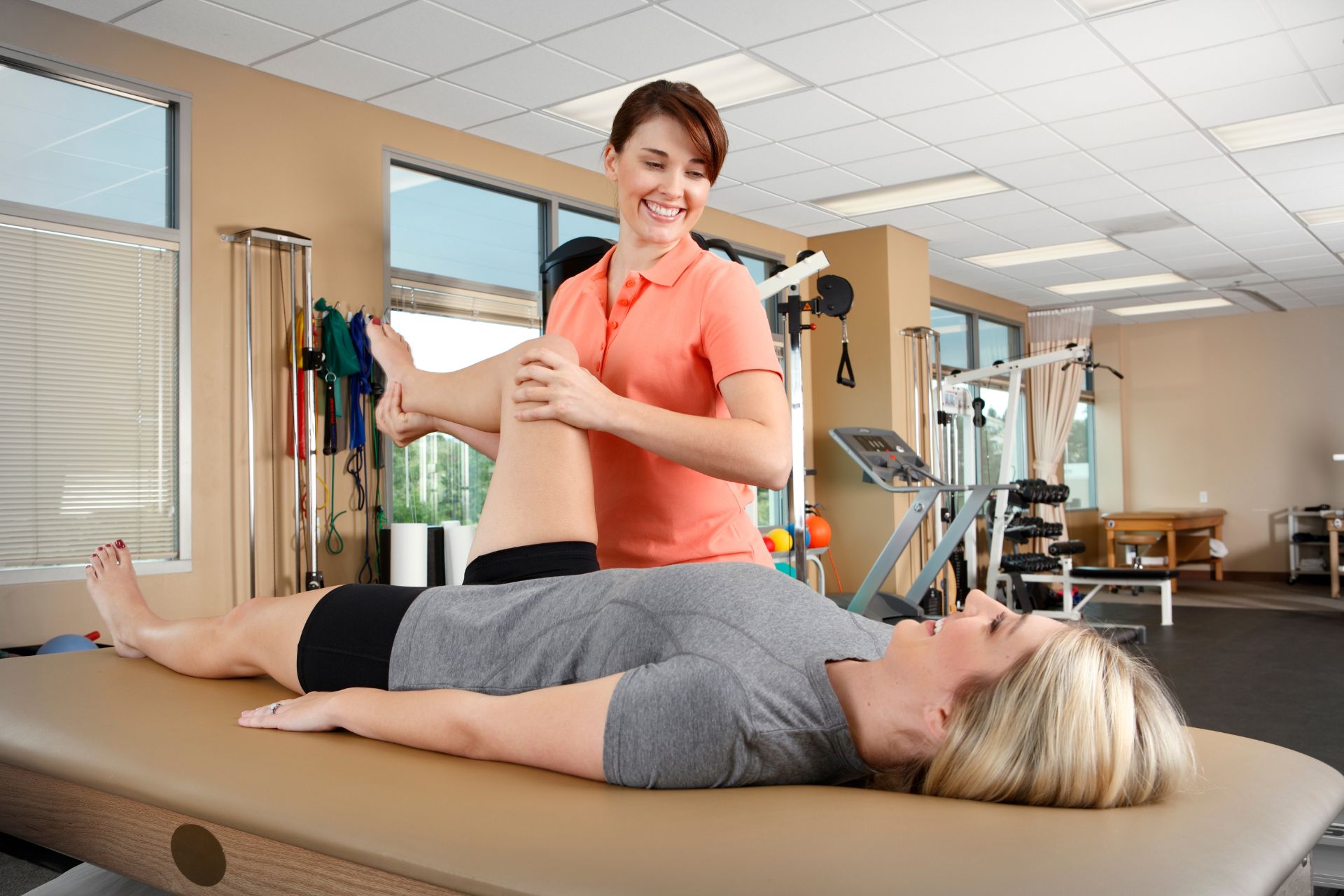Frequently Asked Questions
In post-operative knee rehabilitation, the effective combination of manual therapy techniques and resistance training can significantly enhance recovery outcomes by addressing pain modulation, improving joint mobility, and restoring functional strength. Manual therapy modalities such as myofascial release, soft tissue mobilization, and joint manipulation facilitate increased blood flow to the affected area while reducing muscle tension and promoting lymphatic drainage. Incorporating these hands-on approaches prior to or in conjunction with targeted resistance exercises—like isometric holds for quadriceps activation or progressive resistive exercises focusing on hip abductor strengthening—can optimize neuromuscular re-education. This integrative strategy not only aids in alleviating postoperative stiffness but also enhances proprioception and balance through dynamic stabilization activities. By emphasizing a comprehensive program that synergistically combines therapeutic interventions with structured strength-building regimens tailored to individual needs, clinicians can effectively promote an accelerated return to pre-injury levels of function while minimizing the risk of complications such as scar tissue formation or reinjury during rehabilitation progression.
Specific manual therapy modalities that are most beneficial for enhancing range of motion prior to functional movement assessments include myofascial release, joint mobilization techniques, and soft tissue manipulation. Myofascial release focuses on alleviating restrictions in the fascia surrounding muscles and connective tissues, thereby promoting enhanced elasticity and flexibility. Joint mobilization involves graded oscillatory movements aimed at improving synovial fluid dynamics within joints while decreasing stiffness and pain, which can facilitate greater degrees of freedom during subsequent functional activities. Additionally, soft tissue manipulation techniques such as deep transverse friction massage or active release technique target trigger points and tight muscle bands to restore optimal muscle length-tension relationships. Together, these interventions create a synergistic effect that prepares the musculoskeletal system for performance testing by maximizing mobility while minimizing discomfort or compensatory patterns often observed in restrictive conditions.
Integrating myofascial release into a functional training program significantly enhances athletic performance during recovery from injuries by promoting muscle elasticity, reducing fascial restrictions, and improving overall mobility. This technique facilitates the restoration of optimal range of motion and alleviates tension in soft tissues, which is crucial for athletes regaining strength post-injury. By enhancing blood circulation through targeted pressure application on trigger points, myofascial release aids in expediting the removal of metabolic waste products while delivering essential nutrients to injured muscles. Furthermore, it positively impacts proprioception and neuromuscular coordination—key components in functional movement patterns—which are vital for an athlete's return to sport-specific activities. The incorporation of this therapeutic modality also fosters relaxation responses that may diminish pain perception and psychological barriers associated with injury recovery. Overall, myofascial release serves as a valuable adjunctive strategy within rehabilitation frameworks aimed at restoring optimum athletic functionality after musculoskeletal trauma.
Clinicians managing chronic lower back pain should adopt a multifaceted approach that integrates manual therapy techniques, such as spinal manipulation and soft tissue mobilization, with plyometric exercises tailored to enhance neuromuscular control and functional stability. By utilizing modalities like myofascial release or joint mobilizations in conjunction with explosive movements—such as jump squats or box jumps—clinicians can address the musculoskeletal deficits associated with chronic pain while simultaneously promoting proprioceptive feedback and dynamic stabilization of the lumbar region. This synergistic strategy not only aids in reducing muscle tension and improving flexibility through manual interventions but also fosters muscular endurance, power output, and overall athletic performance through carefully prescribed plyometric regimens. Incorporating individualized assessment tools to monitor progress will ensure optimal engagement of both therapeutic avenues for improved patient outcomes in this complex clinical population.
Research indicates that joint mobilization techniques, when incorporated alongside balance training in elderly populations undergoing physical rehabilitation, can significantly enhance functional outcomes and mobility. Studies have shown that these manual therapy interventions improve proprioception and flexibility within synovial joints while reducing pain associated with osteoarthritis or age-related musculoskeletal disorders. Additionally, the synergistic effect of combining joint mobilization with task-specific balance exercises fosters neuromuscular coordination and enhances stability during dynamic movements. Evidence from randomized controlled trials suggests that this integrative approach not only improves overall gait parameters but also decreases fall risk by bolstering postural control mechanisms critical for maintaining equilibrium in older adults. This multifaceted strategy underscores the importance of addressing both structural impairments through mobilization and functional deficits via targeted balance training to optimize rehabilitative progress in geriatric care settings.

